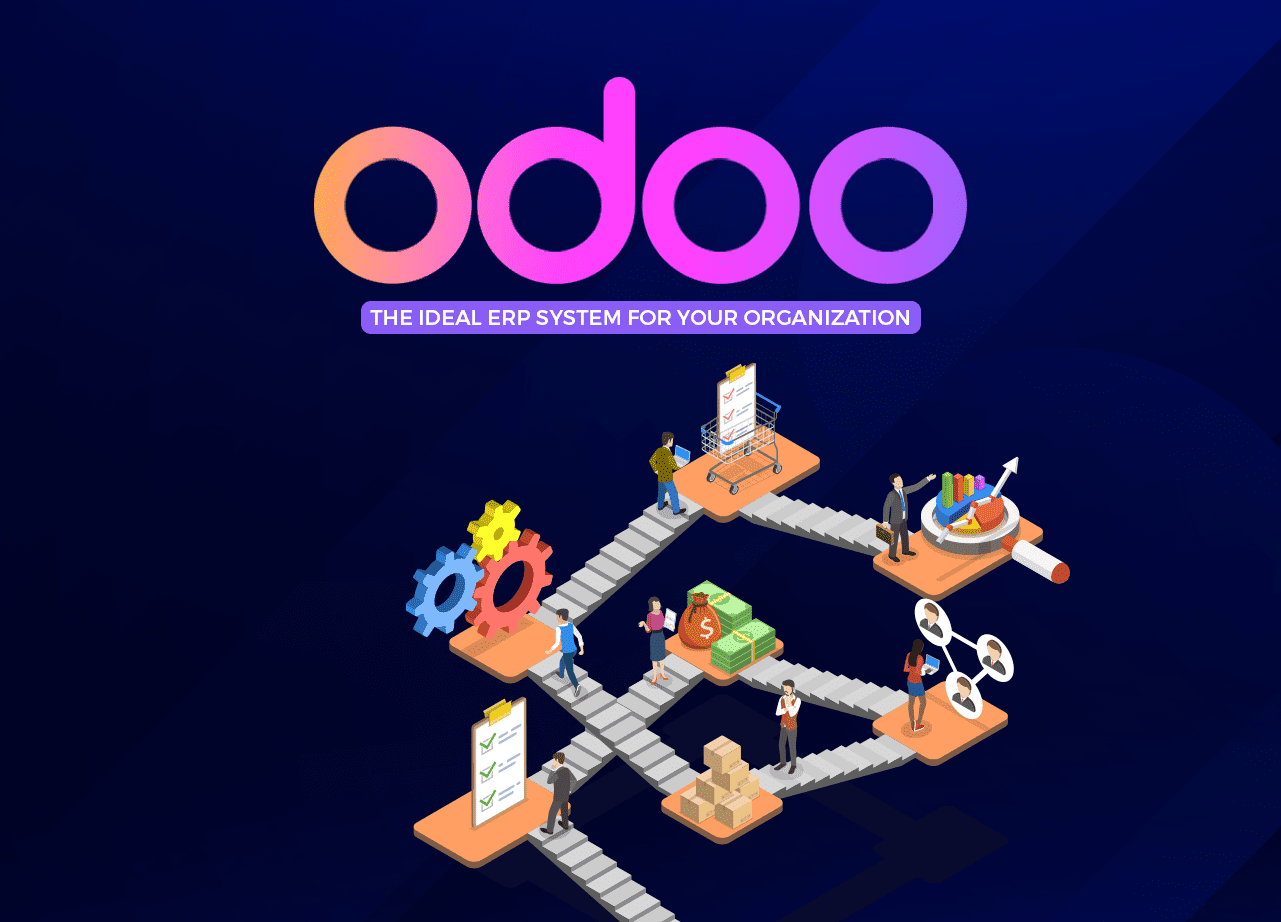Resist The Software Release Fears
Half-baked releases are unaffordable. And if downtime and bugs are becoming nightmares for you, then it’s time to take a closer look at your software release plan.
Investing in a robust release management strategy is crucial if you want to keep your firm functioning smoothly and avoid pricey failures.
A survey claims that the lack of a thorough software release plan is the sole cause of 75% of software problems. These problems, later on, might simply result in extra expenses and a bad impression in the target audience’s eyes.
So, Software release planning is fundamental for a successful software release, but how do you build one?
In this blog, let’s turn all the stones of the software release plan and find answers to significant questions like, What is a software release plan? How is a release plan created? What are software release management tools?
Let’s go!
What Is A Software Release Plan?
In simple words, a software plan is developed to ensure the quality, efficiency, and speed of software delivery. It covers all aspects of a software development lifecycle, including the stages of developing, testing, deploying, and sustaining a software release.
The main goal of software release planning is to establish a desirable schedule for multiple software release dates and guarantee that the schedule is followed.
Additionally, by developing a thorough software release plan, you can guarantee that your team has all the information required to maximize the likelihood of a successful release.
How To Create A Concrete Software Release Plan For Your Business
1- Define the software type
The first step in building a software release plan is figuring out exactly what kind of software you are delivering. Is the software a PWA, a mobile app, a web application, or something else entirely?
2- Specify the features
The next step in planning a first-time software release is deciding what requirements must be met for your program to be released. This typically involves detailing the features you plan to include and the user flow for your product as a whole.
3-Set crystal clear expectations
It’s critical to define the software project’s objectives and deliverables in detail. Each team member’s understanding of their duties and responsibilities is assisted with thorough project outlines. As each stage is completed, the team will be able to monitor their progress. Additionally, making expectations explicit help customers grasp what the product release will provide.
4-Prioritize product backlog
The success rate is higher for developers with a simple product backlog. Software release management is well-planned and structured by prioritizing work lists and explicitly stating the order of items in the product log.
5- Work up your software proposal
Your proposal should project the course of events for the days preceding the actual software release. The software release proposal is most useful for establishing objectives, assigning tasks to team members, and establishing a deadline for project completion.
6-Look out for risk
All potential setbacks that might happen at various stages of development are included in the risk analysis. Developers can prepare for potential outages during the software release by incorporating risk analysis into the process.
7- Test.Test. Test.
In the production stage, routine testing should be conducted on every element of the software release. Beta testing allows programmers to identify potential problems and fix them right away.
8- Get.Set. Launch
The final step consists of just releasing your product to end users while closely monitoring performance to make sure everything is operating as it should.
What Is The Software Release Management Process?
Stage 1: Planning
Starting software planning with the stakeholders is the first step. This stage can be completed in a number of ways, but typical actions include conducting a start meeting, creating a business case, and developing a work breakdown structure that is in line with the project dependencies.
The release manager will be able to finish the system development life cycle with the help of all of these tasks. In order to gain permission to develop the software and prepare it for development, it’s crucial to get in touch with operations teams and management during the planning phase.
Stage 2: Building
The second stage of the release process, when team members begin developing the software, takes the longest. At this point, stakeholders should be given clear information about the project and its goals.
Once the information is clear, the team may begin developing the software while testing and optimizing the necessary features. It is advised that you begin keeping an eye out for other potential dangers or bugs in your production environment in order to be prepared for the testing phase.
Stage3: Testing
To make sure the product is ready to use and functions properly, testing is essential. While it’s crucial to start user testing explicitly at this point, it’s as necessary to have team members assist in finding and fixing any bugs that occur. Additionally, user testing gives potential clients the chance to try out your product in exchange for compensation.
Stage 4: Preparing
Your team should finish the needed modifications and feature improvements in the staging environment during the pre-release phase. This indicates that all of the software is in good working condition and is ready for use.
It is advised that you perform a final quality check, if not more than once, to ensure that all functionalities are effective. You and your team can accomplish this, but it’s crucial to enlist assistance from team members who are not directly involved since they will be able to view the software from fresh perspectives. Start deploying the program to a live setting as soon as it has been finished and authorized.
Stage 5: Deploying
The last stage of a software release is deployment. It involves extending functionality into the natural setting in order to attain the software’s original idea.
Additional testing is necessary before deploying a software release to guarantee that the functionality is maintained in operation. Once this is complete, it is strongly advised to regularly assess integrations and make the required modifications to enhance functionality.
Benefits of a software release plan
1- Enhanced Release activities
2- Higher organizational performance
3- Accelerated time to release
4- Eliminated Failures
Final Thoughts
Creating a software release plan is not a five-finger exercise. But definitely worth the effort.
Additionally, software release planning offers you a clear grasp of your company’s objectives and goals and puts you in a better position to meet them all.
Build a Robust Software Release Plan with Communication crafts
A software release plan is important for any company to make steady progress and continue delivering results for customers over an entire product lifecycle. And that’s where communication crafts play their role.
Onboard 10x tech talent and end-to-end development support from communication crafts to ensure a risk-free and smooth software release.
We’re not just any ordinary software development, but your technology partner in success.
This means that we’re always with you in every step of the visionary process; planning, design, development, and delivery of digital products and services. Reach all of your business objectives successfully, discover different business prospects, and gain unquestionable recognition in a crowded industry. We assist businesses of all sizes, from start-ups to large corporations, in overcoming current business obstacles and achieving maximum growth.
 Blog Communication Crafts
Blog Communication Crafts






